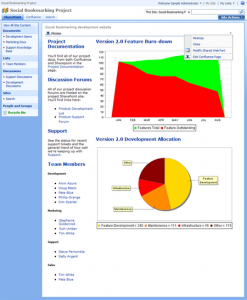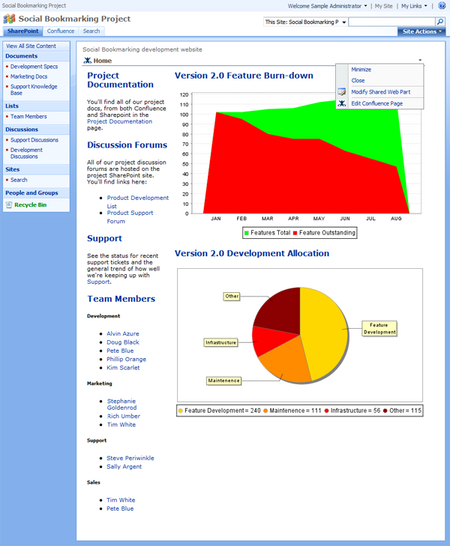 I envy software marketing types. They get to stay kids forever: pull pranks and even get paid for it.:-)
I envy software marketing types. They get to stay kids forever: pull pranks and even get paid for it.:-)
Today’s example comes courtesy of TechCrunch: PayPal competitor WePay dropped a 600lbs ice block at the entrance of the Paypal developer conference. They got chased away and Moscone security removed the ice block. My question: who gets the money? Those are real dollar bills in the ice…
But don’t for a minute think it’s only at startup-land where 20-somethings rule.. the enterprise gray-hairs like pranks, too. Below are some gems from the past.
NetSuite raining on Sage‘s parade conference:
NetSuite is quite a regular at competitor conferences, see their trucks at SAP’s annual SAPPHIRE conference:
(Cross-posted @ CloudAve » Zoli Erdos)



 One of the major roadblocks to SaaS providers’ entry to the enterprise is IT and Business concerns about corporate security, thinking of the firewall as the last line of defense.
One of the major roadblocks to SaaS providers’ entry to the enterprise is IT and Business concerns about corporate security, thinking of the firewall as the last line of defense. 


 )
)




Recent Comments